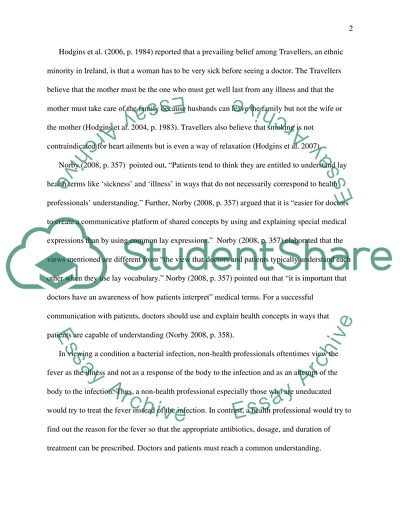Cite this document
(Health Illness and Society Case Study Example | Topics and Well Written Essays - 1750 words, n.d.)
Health Illness and Society Case Study Example | Topics and Well Written Essays - 1750 words. https://studentshare.org/health-sciences-medicine/1575043-health-illness-and-society
Health Illness and Society Case Study Example | Topics and Well Written Essays - 1750 words. https://studentshare.org/health-sciences-medicine/1575043-health-illness-and-society
(Health Illness and Society Case Study Example | Topics and Well Written Essays - 1750 Words)
Health Illness and Society Case Study Example | Topics and Well Written Essays - 1750 Words. https://studentshare.org/health-sciences-medicine/1575043-health-illness-and-society.
Health Illness and Society Case Study Example | Topics and Well Written Essays - 1750 Words. https://studentshare.org/health-sciences-medicine/1575043-health-illness-and-society.
“Health Illness and Society Case Study Example | Topics and Well Written Essays - 1750 Words”. https://studentshare.org/health-sciences-medicine/1575043-health-illness-and-society.


